Banff is a resort town in the middle of the Canadian Rockies and Canadian state of Alberta, founded as a natural reserve, resort and spa by the Canadian government after the discovery of hot springs near Sulphur Mountain in 1885. This reserve birthed Canada’s national park system, steadily expanding into the Banff National Park.
Because of its location along the Canadian Pacific Railway, the hot spring resort was extremely popular to tourists and the company built the Banff Springs Hotel to accommodate them, alongside other such hotels along the rail line. From here the town of Banff formed as a tourist town, named by the President of the Canadian Pacific Railway, George Stephen, in honor of his hometown of Banff, Scotland.
But who is Banff?
Though only home to 8,421 residents in 2014, Banff is a thriving resort town with a rich local art community, environmentally friendly infrastructure, ever popular hotsprings, and welcoming demeanor to explorers, travelers, and skiers looking to brave the snowy peaks and turquoise lakes of the Canadian Rockies.
Getting to Banff
Banff lies at the heart of the Banff National Park at an elevation of 1,400 m (4,600 ft), making it the second highest town in Alberta behind Lake Louise. It’s roughly an hour and a half from Calgary, which hosts the nearest airport, and a three hour drive from the nearby alpine town of Jasper. Though the VIA Rail no longer services the town, the Rocky Mountaineer and Royal Canadian trains have regular services here.
The fastest route to Banff would be from Calgary, especially if you’re flying into Canada through Calgary International Airport (YYC). From here you can rent a car or take an airport shuttle right to your hotel, and many Calgary to Banff tours include airport pick-up.
If you’re looking for a more scenic route, than a Canadian Rockies tour from Vancouver is in store, which will cut through British Columbia and Alberta, visiting Glacier National Park, Golden, and Lake Louise before arriving in Banff. This trip tends to be for students and young adults, featuring more free tie to enjoy Banff’s nightlife, games during the drive, and evening BBQs. Campers can also spend more time in the park with Canadian Rockies adventure tour fro Vancouver to Calgary.
As mentioned, Rocky Mountaineer and Royal Canadian trains provide trains here, but for the budget conscious the rates are rather scary. VIA Rail does have routes to Jasper for more affordable rates and from here you can join a tour or bus to Banff.
Weather in Banff
Remember you’re traveling to the snowy white north, meaning colder climates all around. All the seasons follow the standard Norther Hemisphere pattern, but summer can be substituted for a light spring. The peak temperatures will only reach the low 70F (20C) but can also be as low as 40F (4C). This is still the optimal season to visit, even though you’ll be fighting the tourist crowd and have to book months in advance for rooms.
That being said, there are numerous adventures to be found in summer. The hiking trails will be open up throughout the Rockies, the rivers and lakes lush with glacier waters – perfect for kayaking or whitewater rafting – horseback riding, caving, and wildlife viewing as many animals come out of hibernation. There are dozens of things to do in Banff, many of which can be packaged together for discounted combo tours.
However, if you’re a skier, winter is your best bet. You’ll want to pack warm, but it will be well worth it for the amazing slopes. Like summer, securing a hotel early is a must, and it’s best to skip the holidays to save some money. But its worth it to go ice walking in Johnson Canyon, a phenomenal experience.
Whenever you go, keep one nice dress outfit on hand for going out to dinner, as you’ll find some fancy towns lining the streets of Banff.
Top Attractions in Banff
What isn’t there to do in Banff?
From the soothing hot springs to the thrilling Banff Gondola to classic alpine restaurants and scenic lake cruises, there’s more than enough to do. And remember, Banff is your gateway to the Canadian Rockies, surrounded by trails and highways leading to some of the most beautiful waterfalls, canyons, forests, and lakes in North America.
First up, put on your walking shoes and explore the town. Banff’s got that pristine, rustic feel of a true alpine town with its original pubs, hotels, and buildings that all exude the rugged spirit of the Rockies. Plus, you won’t have to go far to see the wonders of nature, with the Bow River flowing beside the popular Banff Springs Hotel and transforming into the gorgeous Bow Falls.
While you’re strolling around, check into the Banff Visitor Center to learn about the local events and performances. If you’re looking for souvenirs, there’s plenty of shops and art galleries to meander through. Plus, if you forgot any hiking gear, you might spot just what you need while window shopping.
If you want to get a panoramic view of the town and surrounding Bow Valley, then take a ride on the Banff Gondola to the top of Sulphur Mountain. The upgraded attraction is set to have a new, state of the art terminal with cafes, a theater, observation decks, and more for you to explore. If you’re feeling adventurous, you can take one of the hiking trails back down.
Once you do head back to the town, relax in the soothing waters of the Banff Hot Springs. Afterwards, you’ll probably be feeling kind of hungry, and you’ll find plenty of fantastic restaurants at the local hotels as well as along the town’s main street.
And this is just day one in Banff and you haven’t even got to the Rockies. The great lakes of Canada are all around you, the closest being Lake Minnewanka, Lake Louise, and Lake Moraine, all of which require a scenic cruise to enjoy. And, if you head to Lake Louise in Winter, you can ice skate on its gorgeous, frozen surface. Make sure to spend some time hiking in the Rockies. If you have a few more days, head over to Jasper and Yoho National Park, the neighboring national parks.
If you do get out to Jasper, don’t forget to head over to Athabasca Glacier, sight of the Columbia Icefield. If you hop aboard the Columbia Ice Explorer you can actually step out onto this behemoth ice cap and roll around in the snow. Better yet, continue onto the Columbia Icefield Discovery Center to step out over a 918 foot drop at the Glacier Skywalk and see a stunning (and somewhat terrifying) view of the Canadian Rockies.
Alright, waterfalls, hot springs, alpine towns, gorgeous lakes, soaring peaks, glacier walks – what doesn’t Banff have?
| Dollar | Canadian Dollar (CAD) |
| Language | English |
| Cultural Etiquette | Tourism is the foundation of the town, and you’ll find the citizens very friendly and helpful. Pack your casual clothes and a good pair of hiking boots if you want to go exploring. Keep something formal on hand for dinner, as you’ll find some fashionable establishments on every street.As far as manners, Canada isn’t far off from the U.S.Do not point or make rude gestures at anyone. Handshakes are the best way to introduce yourself.If you’re meeting someone, it’s best to arrive on time and not too late or too early.
Almost all businesses practice a “no shirt, no shoes, no service” policy, but given the weather in Banff I don’t you’ll be stripping down (except for the hot springs). |
| Hotels | Fairmont Banff Springs, Brewster Mountain Lodge, Banff International House, Mount Royal HotelBanff Inn, Red Carpet Inn, Irwin’s Mountain InnHidden Ridge Resort, Tunnel Mountain Resort, Banff Rocky Mountain ResortSee more at the Local Guide to Banff Hotels |
| Food | Largely meat, including Canadian specialties, such as elk, bison, venison and trout. Vegetarians may have a hard time finding a vegetarian menu, however everyone should definitely check out the vegetarian only Nourish Bistro. |
| Restaurant Etiquette | Tipping is standard practice in Canada, from restaurants to hair dressers to bellhops, so be prepared to provide at least 15% if someone helps you out professionally. |
| Safety Level | While Banff the town is safe, you should be careful when exploring the national park. Remember, all the animals here are wild and should only be viewed from a distance and never fed.Always be aware of your surroundings, as some cliffs and rivers do not have barriers to protect you from falling. Swimming in the lakes during the summer is safe, but during winter they reach below freezing.
If you’re planning on spending a lot of time in the wilderness, check out World Nomads’ Canadian Wildness Travel Tips. |
| Getting Around | Roam Transit provides local buses and transit between Banff and Canmore on environmentally friendly hybrid buses.Fare from the Roam Transit site.
You can also purchase a Smart Card for only $3 to store your transit credits and reload easily.*1 Day Pass sold only on the bus
|
| Emergency Services | All Emergencies: 911 |
| Additional Resources | Banff’s official town website is probably your most valuable tool when getting up to date information about this snowy, resort town. US News also hosts an informative page about Banff’s weather, things to do, and general tips. |
Ready to get Tours4fun travel deals & tips straight to your inbox? It’s Free! Follow the fun and sign up today!

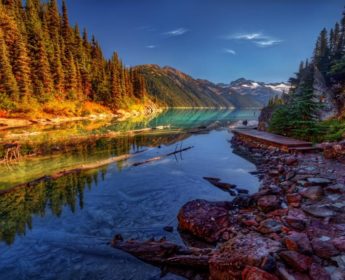
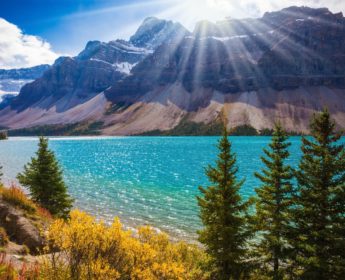
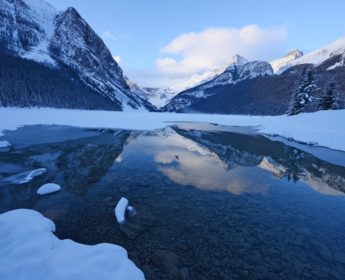
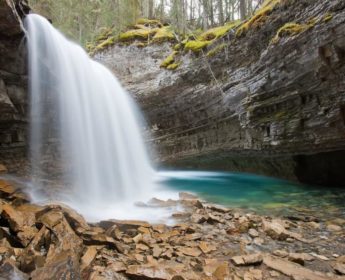

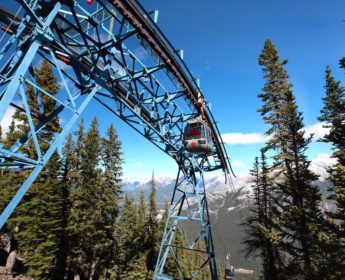
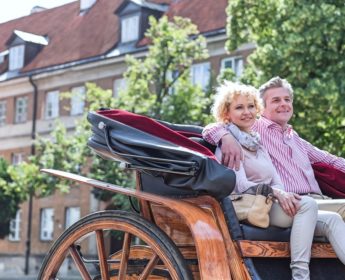
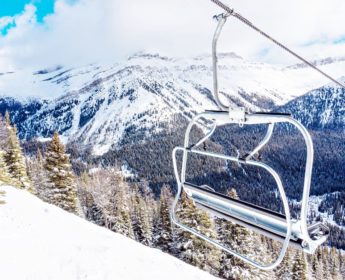

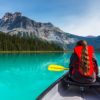
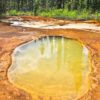


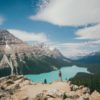
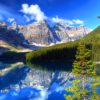
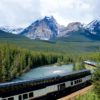
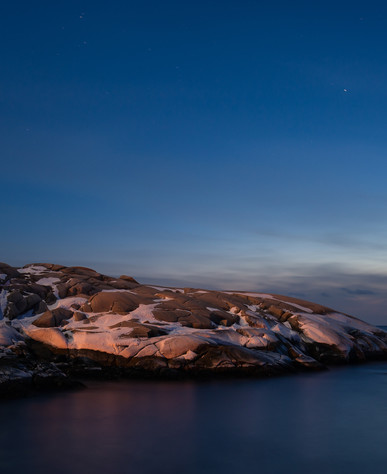




There are no comments.